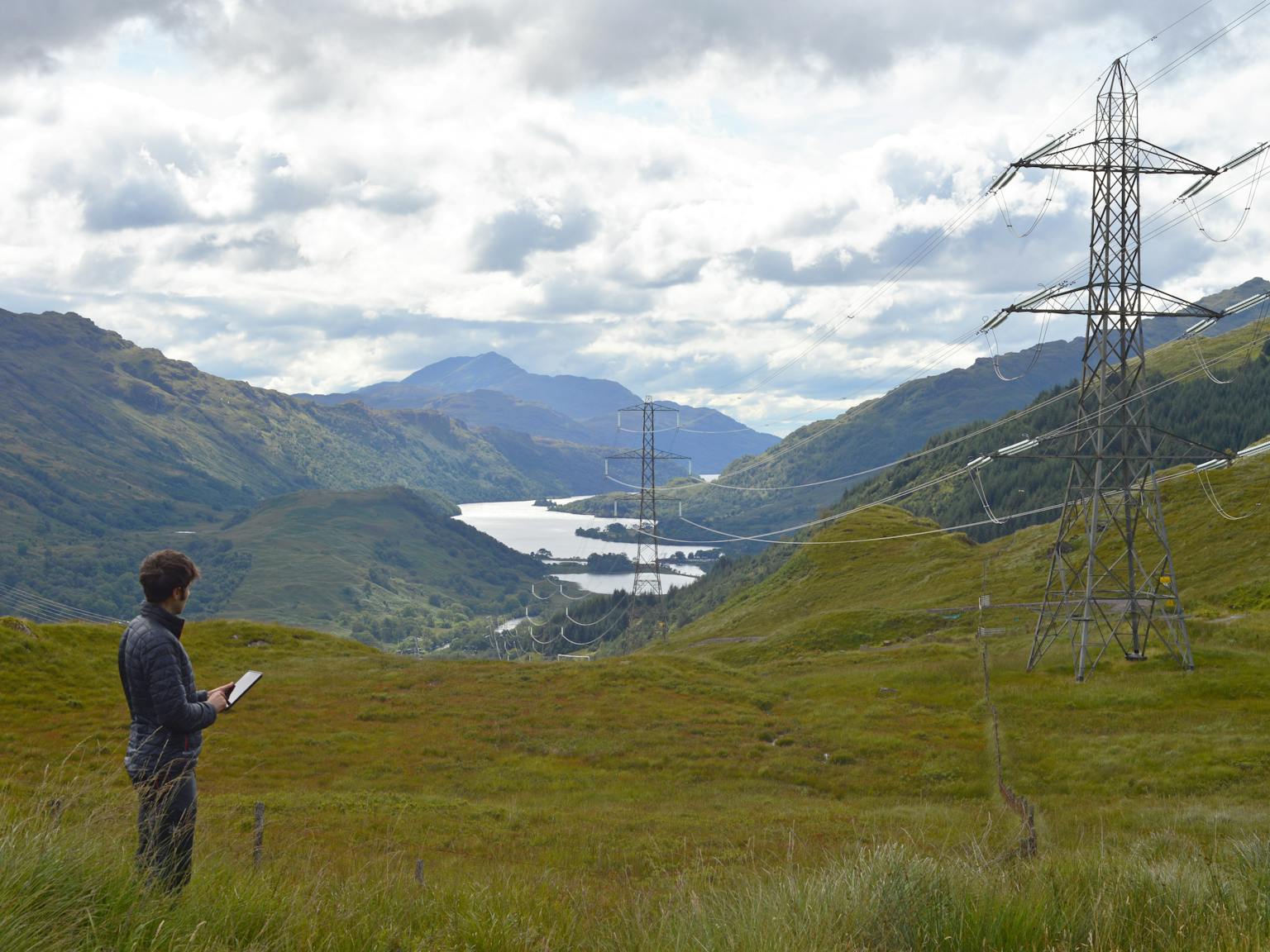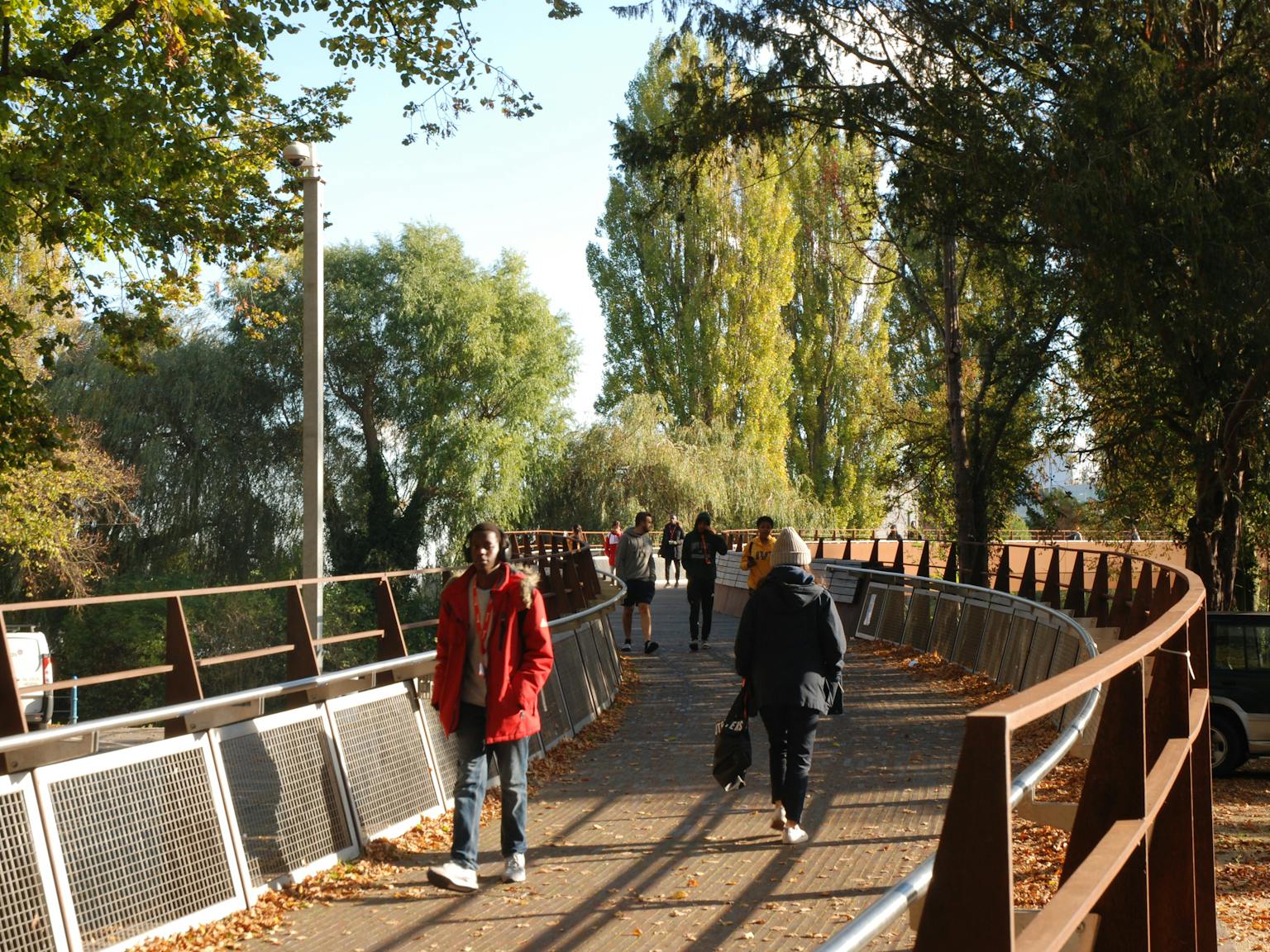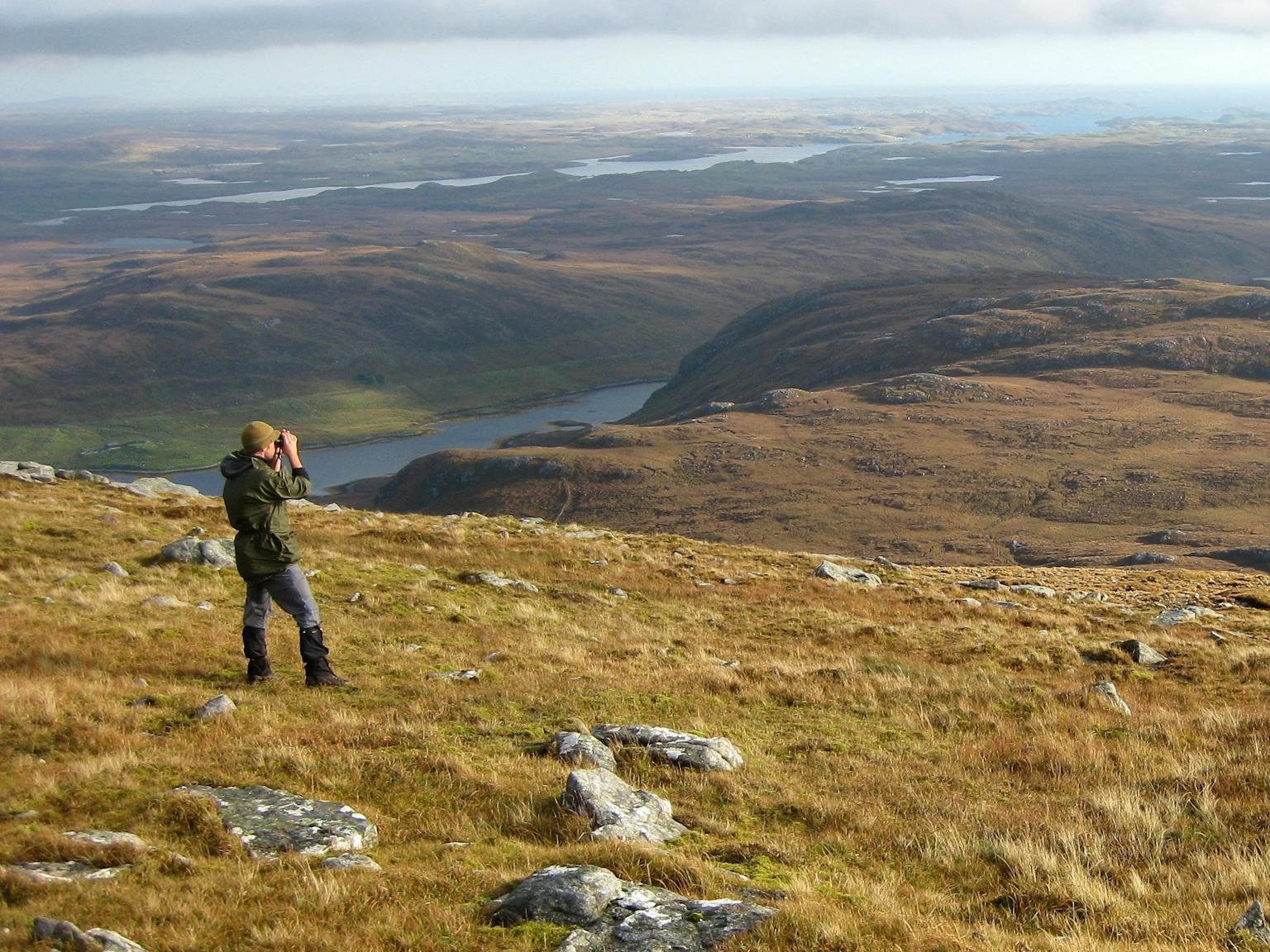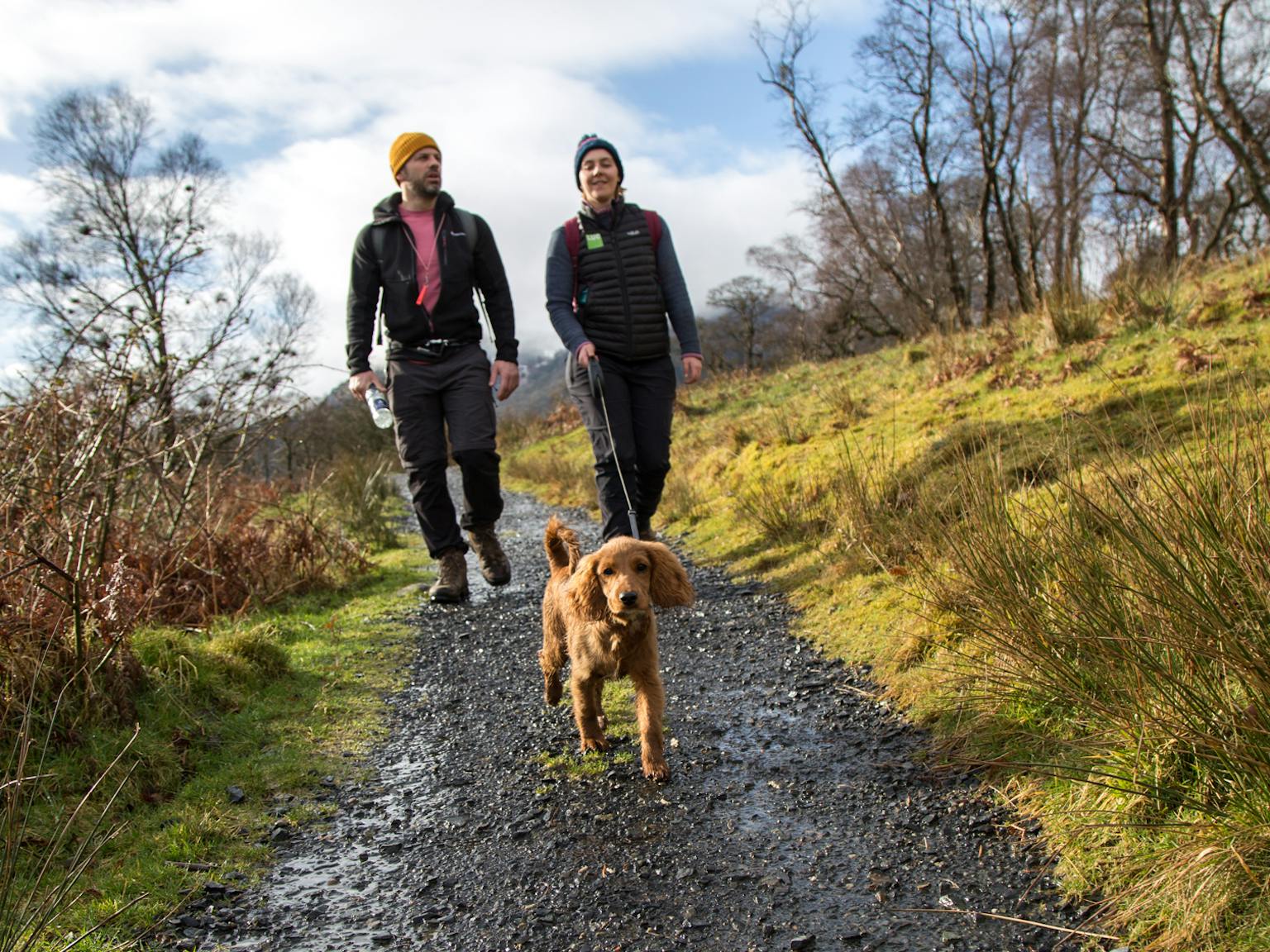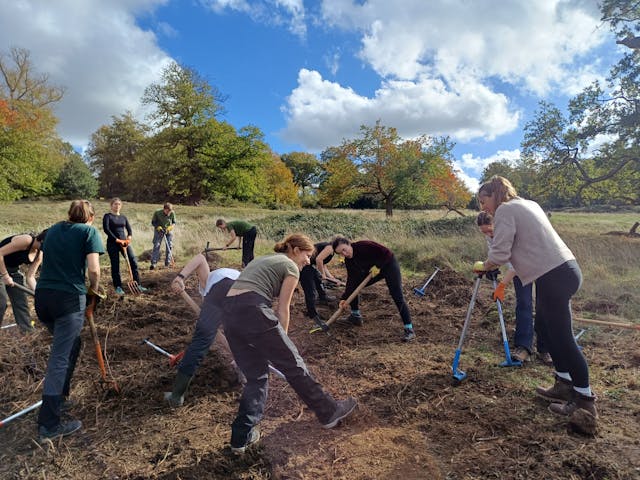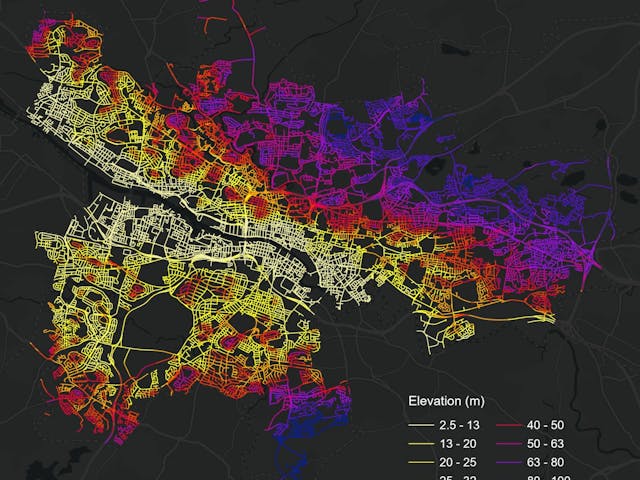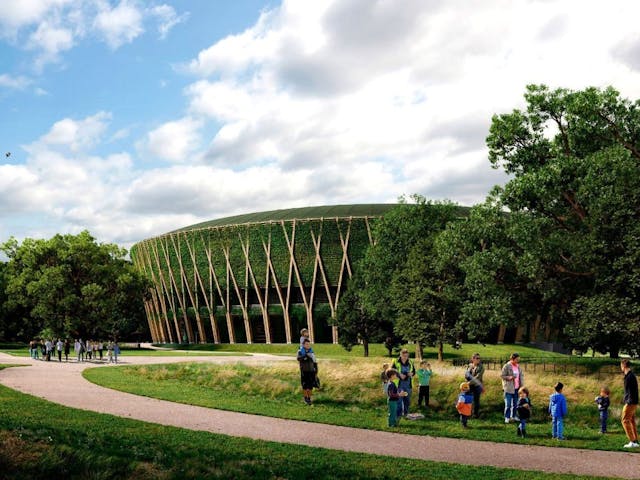
New toolkit helps Wildlife Trusts plan for climate change impacts at site level
LUC has created a new climate change adaptation toolkit to support The Wildlife Trusts in building resilience across their sites.
The toolkit helps local Wildlife Trust teams understand the risks posed by climate hazards at specific nature reserves.
It then guides users through selecting relevant adaptation actions and creating a clear plan to respond.
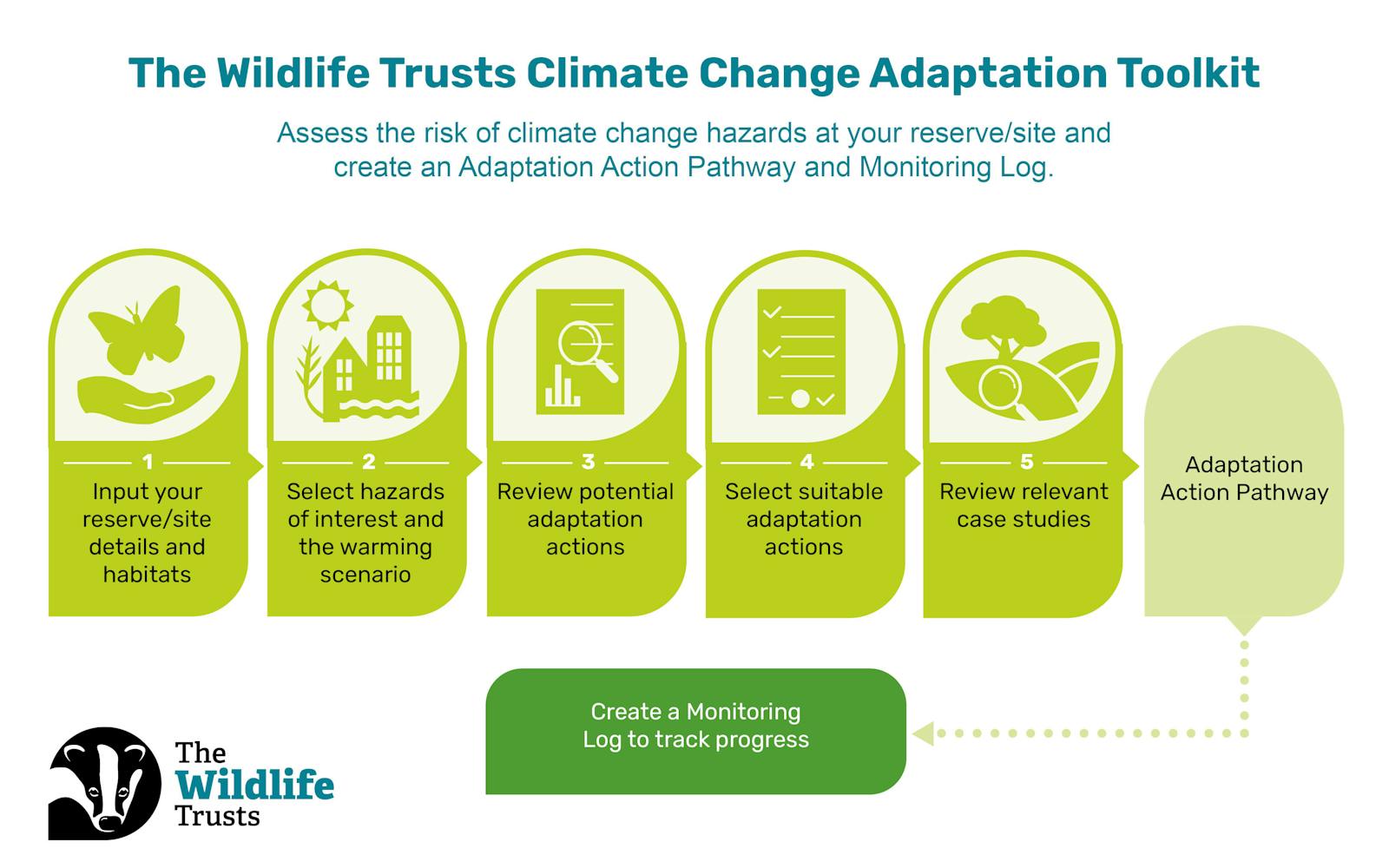
Building resilience to climate change is a critical part of achieving nature recovery, just as accelerating nature recovery is a key part of mitigating and adapting to climate change.
Nature-based adaptation actions can also deliver wider landscape and societal benefits, such as improved public access to nature and pollination services for neighbouring farms.
LUC’s planning, ecology and GIS experts worked together to research and design the tool.
It combines national climate risk data, a practical user journey, and an Excel-based interface that is simple to use and easy to revisit.
A video guide is also available to support users.
The toolkit’s structured process helps users:
- assess site-specific climate risks
- understand the impact on habitats, species, assets and staff
- choose suitable adaptation actions
- prioritise responses
- export a customised Adaptation Action Pathway
- monitor progress over time
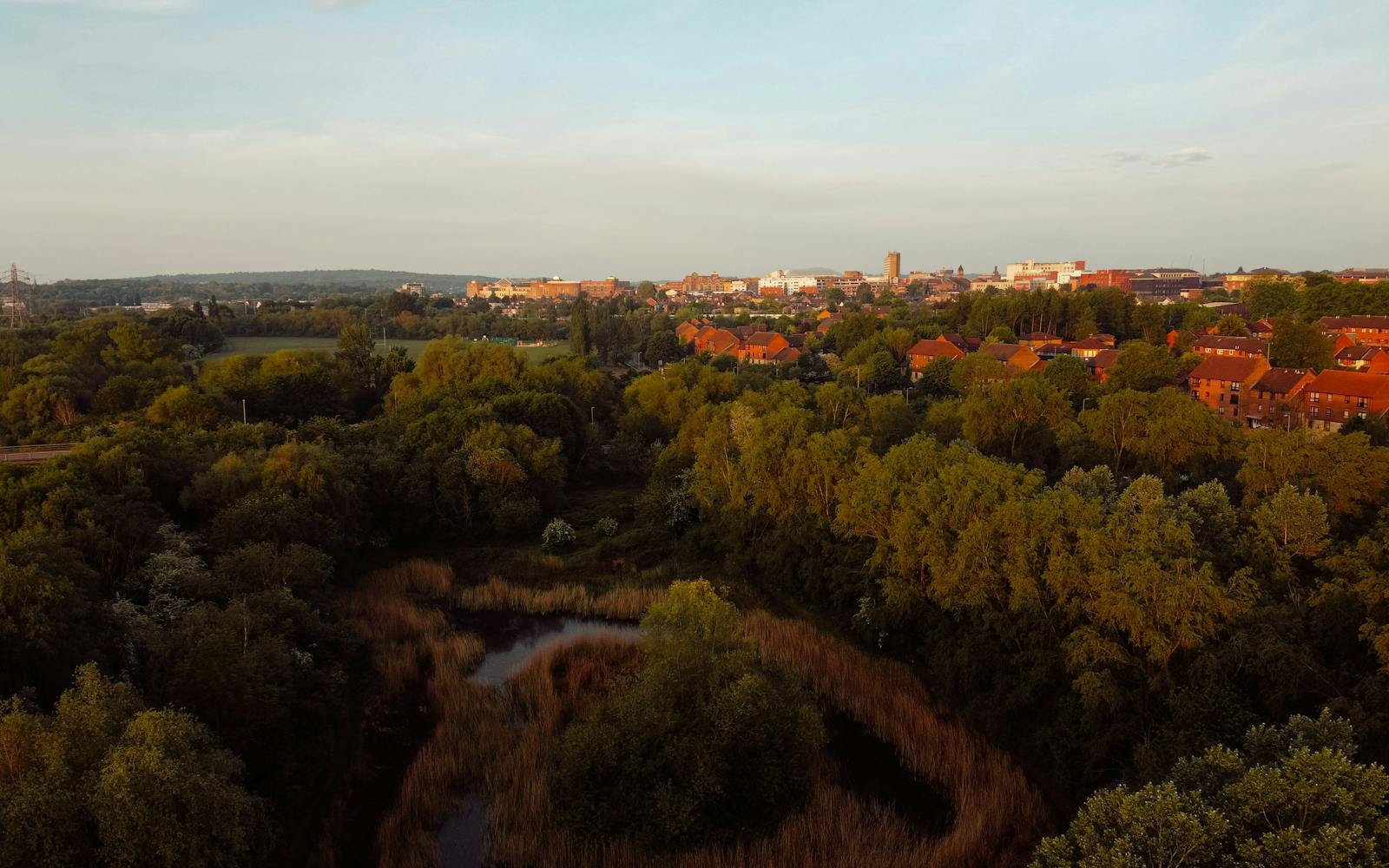
LUC developed the toolkit using data from the UK Climate Resilience Programme and other trusted sources. The hazards covered include wildfire risk, extreme summer temperatures, low river flows and flood risk.
The toolkit also includes a growing bank of case studies, which provide real-world examples of adaptation in action.
Robust testing and feedback helped ensure the final toolkit feels practical, relevant and adaptable for different site types. It is also designed to be easy to update and adjust as needed, for example if new data becomes available.
By making relevant information much more accessible to time-pressed Wildlife Trust staff, the toolkit aims to support action planning and thus build long-term resilience for nature, people and places.


